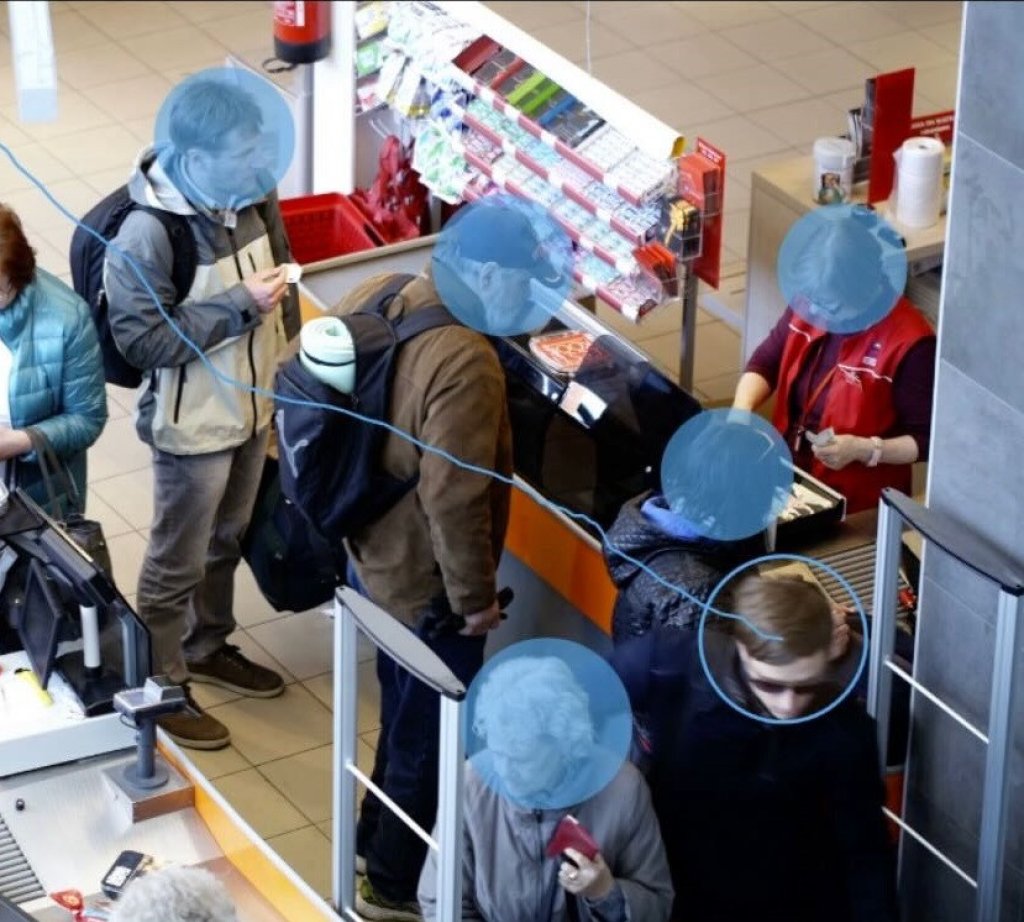How to Blur Faces in Videos
Blurring or redacting faces in videos is a common practice. It is also a legal requirement to protect the identity of individuals appearing in video footage. Here are the methods you can use to blur faces, including recommendations for Compliance professionals.
Reasons to blur someone's face in a video:
This/these person(s) did not give you permission to show their face
You have to redact everyone but the subject when fulfilling a subject access request
There are legal restrictions in your country
So, how do you blur someone’s face in a video in which people and objects move?
Methods you can use to blur faces in videos
1. Video Editing Software
Professional video editing software like Adobe Premiere Pro, Final Cut Pro, or Davinci Resolve provide tools and features specifically designed for blurring or masking faces in videos.
You can use the masking tools or apply blur effects to the areas you want to redact.
However, these tools are primarily intended for use by designers, graphic artists and videographers.
They are not intended to be used by Compliance professionals who want to remove personal data and other personally identifying information from video footage in order to share footage with third parties without breaching privacy laws.
2. Online tools
There are several online tools and software that allow you to upload your video and blur faces automatically. One popular example is Pixelgarde, which offers a web-based platform for blurring faces in both photos and videos.
Online tools are mainly intended to be used by private individuals to protect their online privacy. Tools remove personal data when sharing photos, or edit specific metadata, such as geotags, dates and nametags.
Compliance professionals should also consider that for commercial face blurring to meet strict privacy standards, it is advisable to keep video footage, and data, within your own secure IT environment.
Posting footage online our outsourcing present risks when the data is in transit and/or when it is processed by a third party.
3. Open-source software
Open-source video editing software such as Shotcut and Blender offer features for blurring or masking faces in videos.
These tools are intended for use by video production professionals who want to edit and enhance visual and audio elements in videos.
They are relatively complex to use and are not intended for use by Compliance professionals.
4. Automated face detection software
Some software applications use face detection algorithms to identify and blur faces automatically in videos.
However, the accuracy of these automated tools varies and manual intervention is often required to ensure the effectiveness of the face blur and redaction.
5. Manual editing
For more precise control, you can manually blur or mask faces frame by frame using editing software.
In reality, manual face-blur processing is not practicable for Compliance professionals.
With the volume of video footage that requires editing today, the process is lengthy, costly and difficult to complete within regulatory deadlines.
In addition, humans are prone to mistakes, which can lead to privacy breaches, fines or reputational damage.
6. Dedicated automated compliance tools
Compliance professionals who want to blur faces in video require several key elements in privacy protection software.
Speed
Accuracy
Ease of use
Irreversible blurring (redaction)
Further considerations include:
Cost effectiveness
In-house control
For blurring faces to achieve reliable data privacy protection, dedicated compliance software is recommended.
AI-driven face blurring with auto-tracking
Facit’s Identity Cloak is an effective face blurring tool that can be used by non-technical staff entirely in-house.
The software enables users to upload video footage and use auto-tracking to blur the face or faces of people permanently throughout their presence in the video footage.
Face blurring with Identity Cloak is fast, accurate and irreversible, which enables Compliance teams to share video compliantly with third parties.
The process for blurring faces in videos using Identity Cloak is very straightforward:
Import your video into Identity Cloak
Identify the faces you want to blur
Allow Identity Cloak to auto-track and blur faces in minutes
Preview the redacted video
Export the edited video in the required format
Remember to save your original video before making any edits in order to preserve the unedited footage in case it is needed later.
Identity Cloak is the ideal redaction tool for Compliance professionals. Identity Cloak enables you to blur faces and any other personally identifying information, such as car licence plates and location signs.




